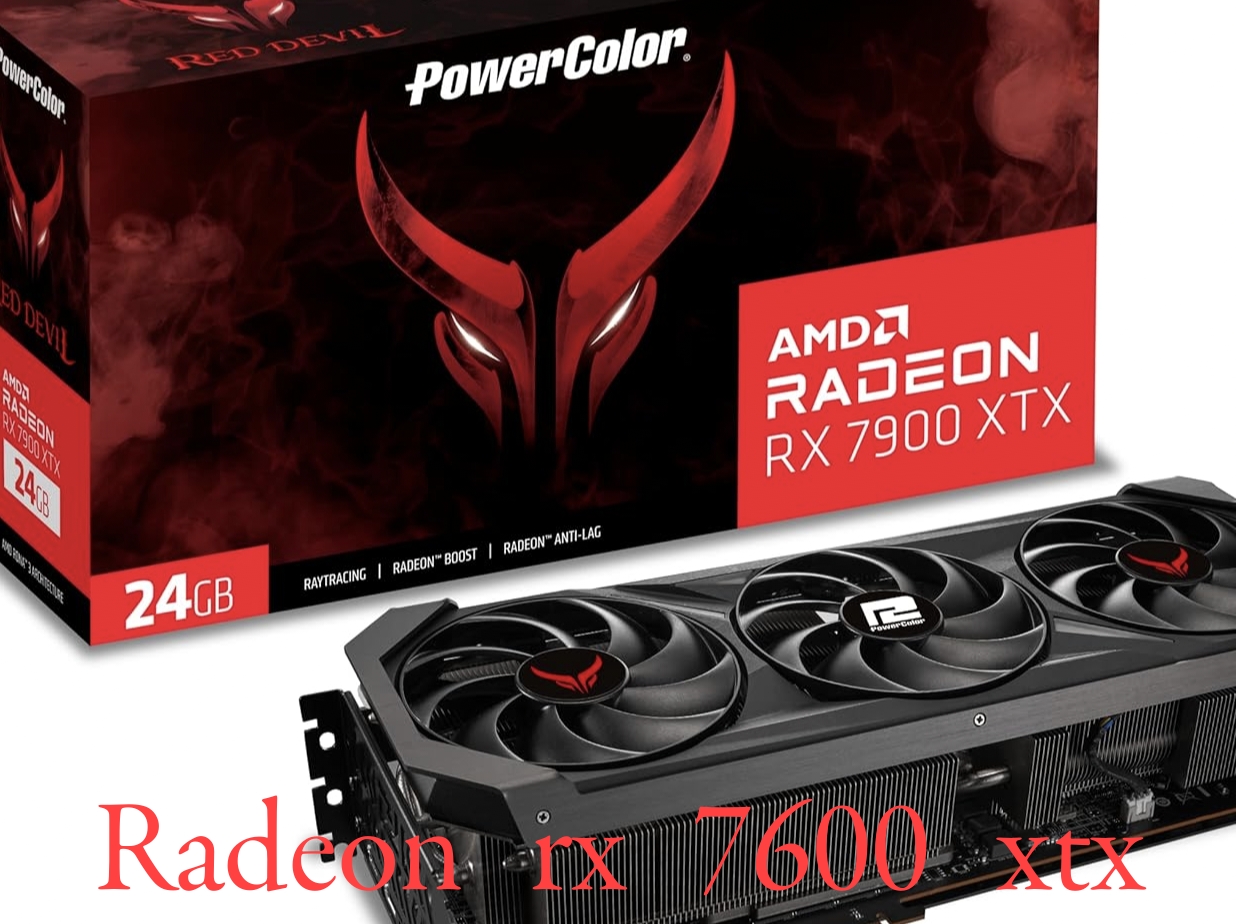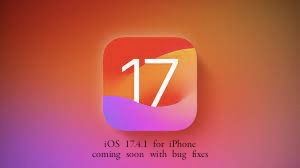
DirectX 12 Work Diagrams Make ready For Fate of Designs Delivering, AMD Demo Shows Tremendous Improvement In Delivering Times Utilizing Radeon RX 7900 XTX GPU
In a past post, we made sense of how DirectX 12 Programming interface’s most recent component known as Work Charts will empower full GPU independence, lessening how much work that is ordinarily finished on the computer processor and moving it directly to the GPU for quicker delivering and generally speaking quicker execution in games and applications.
At GDC 2024, AMD displayed an early demo of Work Diagrams running simultaneously with Lattice Hubs which extends the DirectX 12 component.
What Cross section Hubs will do is that they interaction draw calls while the remainder of the chart is executing.
The demo features the entire scene (short the UI and Skybox) being delivered on a solitary work diagram dispatch.
The demo was run on an AMD Radeon RX 7900 XTX “RDNA 3” GPU which completely upholds DirectX 12 Work Diagrams and Cross section Shaders, permitting it to run a lot quicker ExectureIndirect, the customary method of chart execution and delivering a scene.
The method was 1.64x more slow than Work Diagrams which shows the benefit of the new element. AMD likewise shared a few fascinating measurements about its new demo which highlights:
Also Read | ios-17-4-1-for-iphone-coming-soon-with-bug-fixes
6600 draw calls per frame (after coalescing):
- After optimizing the rendering process, the system can handle up to 6600 draw calls per frame. Draw calls are commands sent to the GPU to render an object or part of a scene. Coalescing refers to the process of combining multiple draw calls into a single, more efficient call, thereby reducing overhead and improving performance.
13 million triangles per frame:
- Each frame can accommodate rendering of up to 13 million triangles. Triangles are basic geometric shapes used to construct 3D models in computer graphics. Rendering a large number of triangles per frame allows for more detailed and complex scenes to be displayed.
200,000 work items passing through the graph:
- Within the system’s processing pipeline, there are 200,000 individual tasks or operations, referred to as work items, that traverse through a graph structure. This graph likely represents the flow of data or operations within a computational or rendering process.
37 nodes and 9 draw nodes:
- The processing graph consists of 37 nodes, which are individual components or stages in the computational pipeline. Additionally, there are 9 draw nodes specifically responsible for initiating draw calls to render objects onto the screen. Nodes in a processing graph typically represent different stages of computation or data manipulation.
Less than 200 MiB of work graph backing store memory:
- The memory allocated for storing the work graph data, known as the backing store memory, is limited to less than 200 megabytes (MiB). This memory is used to store the structure and data associated with the processing graph, including nodes, connections, and work items. Keeping memory usage within this threshold helps optimize performance and resource utilization.
- Work Diagrams will be the following significant expansion to the DirectX 12 Programming interface and is supposed to be accessible with Cross section Hubs in the not so distant future. NVIDIA and Intel are additionally locally available the Work Charts trend so expect improvements from them too on the innovation as it builds up some decent momentum
AMD Demos GPU Work Graphs On Radeon RX 7900 XTX, Much Faster Rendering With Mesh Nodes Coming Later This Year https://t.co/y6ZF6QwNXv https://t.co/y6ZF6QwNXv
— Hassan Mujtaba (@hms1193) March 18, 2024
Table of Contents
ToggleFaQ section
What is the focus of the recent AMD demo at GDC 2024?
- The recent AMD demo at GDC 2024 focused on showcasing the performance improvements enabled by DirectX 12 Work Graphs, particularly in conjunction with Mesh Shaders.
What does DirectX 12 Work Graphs aim to achieve?
- DirectX 12 Work Graphs aim to enable full GPU independence by shifting processing tasks directly to the GPU, thereby reducing the workload typically handled by the CPU and enhancing rendering speed and overall performance in games and applications.
What is the role of Mesh Shaders in the demonstrated
demo?
- Mesh Shaders are utilized in conjunction with Work Graphs to process draw calls while the rest of the graph executes, thereby optimizing the rendering process.
How did the AMD demo illustrate the benefits of Work Graphs?
- The AMD demo showed a significant improvement in rendering speed compared to traditional methods, with Work Graphs being 1.64 times faster than ExecuteIndirect, the conventional method of chart execution and scene rendering.
What are some key statistics highlighted in the AMD demo?
- Some key statistics highlighted in the AMD demo include the ability to handle 6600 draw calls per frame, render up to 13 million triangles per frame, process 200,000 work items through the graph, utilize 37 nodes and 9 draw nodes in the processing graph, and allocate less than 200 MiB of memory for the work graph backing store.
What is the significance of Mesh Shaders in the DirectX 12 ecosystem?
- Mesh Shaders play a crucial role in the DirectX 12 ecosystem by enhancing rendering efficiency and performance, particularly in scenarios involving complex scenes and large amounts of graphical data.
What is the expected availability of DirectX 12 Work Graphs?
- DirectX 12 Work Graphs are expected to be available in conjunction with Mesh Shaders in the near future, likely within the upcoming year.
Apart from AMD, which other companies are involved in the adoption of Work Graphs?
- NVIDIA and Intel are also involved in the adoption and development of Work Graphs, indicating widespread industry interest and potential advancements in the technology.
How does coalescing contribute to
rendering efficiency?
- Coalescing involves combining multiple draw calls into a single, more efficient call, thereby reducing overhead and improving rendering performance by optimizing the utilization of GPU resources..
What role does memory optimization play in the effectiveness
of Work Graphs?
- Memory optimization, such as limiting the work graph backing store memory to less than 200 MiB, helps enhance the efficiency and resource utilization of Work Graphs, ultimately contributing to better overall performance in rendering tasks.



One thought on “AMD Showcases GPU Performance Boost on Radeon RX 7900 XTX, Promises Faster Rendering with Mesh Nodes in 2024″”